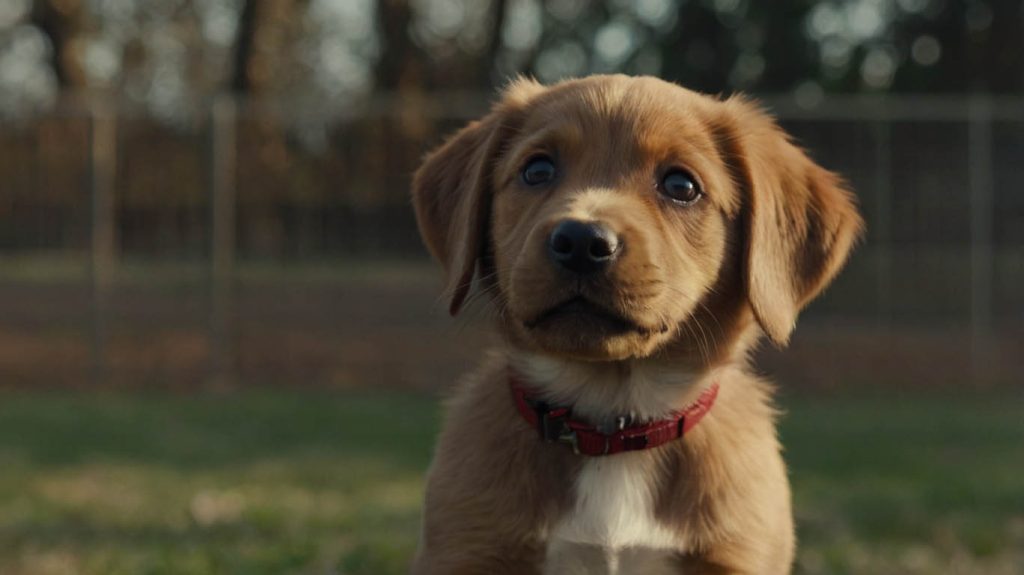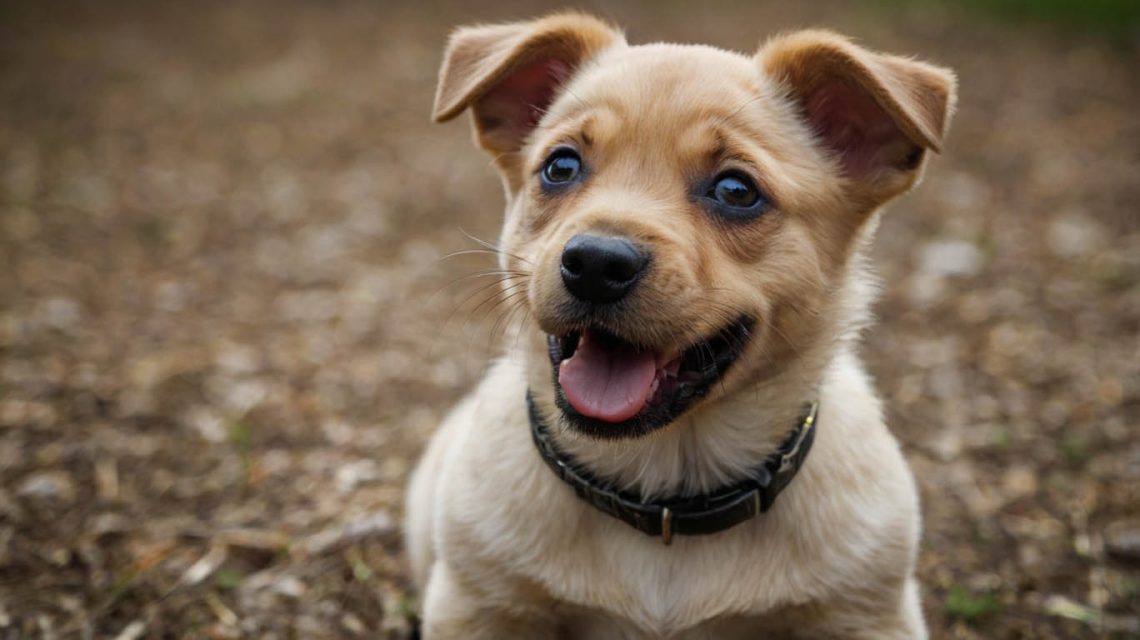Bringing a puppy home is exciting—but it can quickly become overwhelming without a plan. That’s why it’s crucial to understand what commands to teach puppy from day one. These early commands build structure, communication, and trust. In fact, the commands you teach in the first 8–12 weeks will influence your puppy’s behavior for years to come.
But where should you begin? Let’s walk through the essential cues every pup should learn and how to train them step-by-step.
Why It’s Important to Know What Commands to Teach Puppy
Dogs thrive on consistency. When you know what commands to teach puppy and use them regularly, your pup learns faster, misbehaves less, and builds confidence.
More importantly, basic commands keep your dog safe. Teaching “Come” or “Leave it” early on can prevent injuries, street accidents, and other risks. Additionally, commands like “Sit” and “Stay” reduce anxiety and create calm in stressful moments.
So, not only are commands about obedience—they’re about safety, structure, and long-term success.

The Most Essential Commands to Teach a Puppy
“Sit” – The Starting Point of Obedience
If you’re unsure what commands to teach puppy first, start with “Sit.” It’s simple, quick to teach, and lays the foundation for others like “Stay” and “Wait.”
Hold a treat in your hand. Raise it slowly above your puppy’s head. As their nose follows the treat, their rear will lower. The moment they sit, say “Sit” and reward. Practice this a few times a day.
“Come” – A Life-Saving Recall Command
“Come” is vital. Whether your puppy is off-leash or darting toward danger, this command ensures they return immediately. Always use a cheerful voice and reward every success. Never use “Come” to end playtime or scold.
Over time, this builds a strong recall response, even in distracting environments.
“Stay” – Teaching Control and Patience
When considering what commands to teach puppy, “Stay” might be the second most important. It keeps them from rushing out of doors or crossing roads unexpectedly.
Start by asking your pup to “Sit.” Then, hold your hand out and say “Stay.” Step back. If your dog doesn’t move, reward. Slowly increase the time and distance.
“Leave It” – Stopping Problem Behaviors Early
Puppies are naturally curious—but sometimes dangerously so. “Leave it” tells your dog to ignore or avoid something. This can prevent choking, toxic ingestion, or chewing up your favorite shoes.
Use treats to train “Leave it.” Show one, say “Leave it,” and reward only when your puppy looks away. Repeat until the response becomes automatic.
“Down” – Encouraging Calmness and Submission
The “Down” command gets your puppy to lie flat, which helps calm hyper or nervous behavior. It’s also useful during guest visits, training sessions, or public outings.
From the “Sit” position, lure your puppy down with a treat between their paws. When their elbows touch the ground, say “Down” and reward.
Advanced Commands After Basics Are Mastered
“Drop It” – Preventing Resource Guarding
Once your puppy learns the basics, add “Drop it.” It helps avoid fights over objects, prevents guarding behavior, and keeps your dog from swallowing harmful items.
During fetch or tug games, offer a higher-value treat and say “Drop it” when they release the item.
“Wait” – Great for Mealtimes and Doors
Unlike “Stay,” the “Wait” command is shorter-term and used to pause behavior, like waiting before eating or going outside.
Hold your pup at the door, say “Wait,” pause for 2–3 seconds, and then release them. Repeat this to reinforce the cue.

Real-Life Case Study: Milo the Mischief Maker
Milo was a 10-week-old Border Collie who loved to chew shoes, chase cats, and ignore his name. His owners were frustrated and worried—until they focused on what commands to teach puppy in the right order.
They started with “Sit” and “Come,” then added “Leave it,” “Down,” and “Stay.” Within four weeks of daily 10-minute training sessions, Milo could sit calmly during dinner and come when called—even at the dog park.
Their biggest win? Milo dropped a chicken bone during a walk after hearing “Leave it,” saving him from a potential vet visit.
Tips for Teaching Commands Effectively
Start Early, Keep Sessions Short
Puppies can start learning as early as 7 weeks old. Just keep sessions under 10 minutes, 2–3 times daily. End each one with play or a treat.
Use Positive Reinforcement
Whether it’s liver treats, cheese, or a favorite toy, use rewards your dog loves. Mark success instantly to strengthen memory.
Be Consistent With Words and Tone
Stick to the exact same word for each command. Avoid switching between “Down” and “Lay Down.” A calm, happy tone builds trust.
Practice in Multiple Environments
After your puppy masters commands at home, practice in the yard, on walks, or at the vet. This helps generalize the behavior.
What Commands to Teach Puppy in Real-Life Contexts
| Situation | Recommended Command |
|---|---|
| Mealtime | Wait, Sit |
| Walking | Heel, Leave it |
| Doorbell | Sit, Stay, Off |
| Playtime | Drop it, Come |
| Vet Visits | Down, Stay |
These commands make your puppy manageable in everyday life while reinforcing boundaries.
Common Mistakes While Teaching Commands
- Saying commands too many times in a row
- Using harsh tones or physical correction
- Training when the puppy is too tired or overstimulated
- Failing to reward immediately
- Expecting results too quickly
Avoiding these errors ensures your training sticks—and your dog trusts you.
FAQs About What Commands to Teach Puppy
What is the first command I should teach my puppy?
Start with “Sit.” It’s simple, builds focus, and leads into other commands like “Stay” and “Down.”
At what age should command training begin?
Training can begin at 7–8 weeks. Use short, fun, reward-based sessions.
How many commands should I teach at once?
Focus on 1–2 at a time. Once your puppy masters those, move on.
How long does it take to learn each command?
It depends on consistency and your puppy’s personality. Most learn basics in 1–2 weeks.
What if my puppy doesn’t respond outside?
Start in quiet areas, then slowly increase distractions. Use higher-value rewards outdoors.
Should I use a clicker or verbal praise?
Both work. Clickers offer precise timing, while praise adds emotional warmth.
Conclusion: Choose the Right Commands Early for a Happier Pup
Now you know what commands to teach puppy and why they matter so much. From “Sit” to “Leave it,” these early cues form the language you’ll speak with your dog for years. Not only will your life become easier, but your dog will feel more secure, less anxious, and more bonded with you.
Don’t wait. Start with simple commands today and build from there. With consistency, positivity, and love, you’ll raise a puppy who listens, responds, and thrives.


